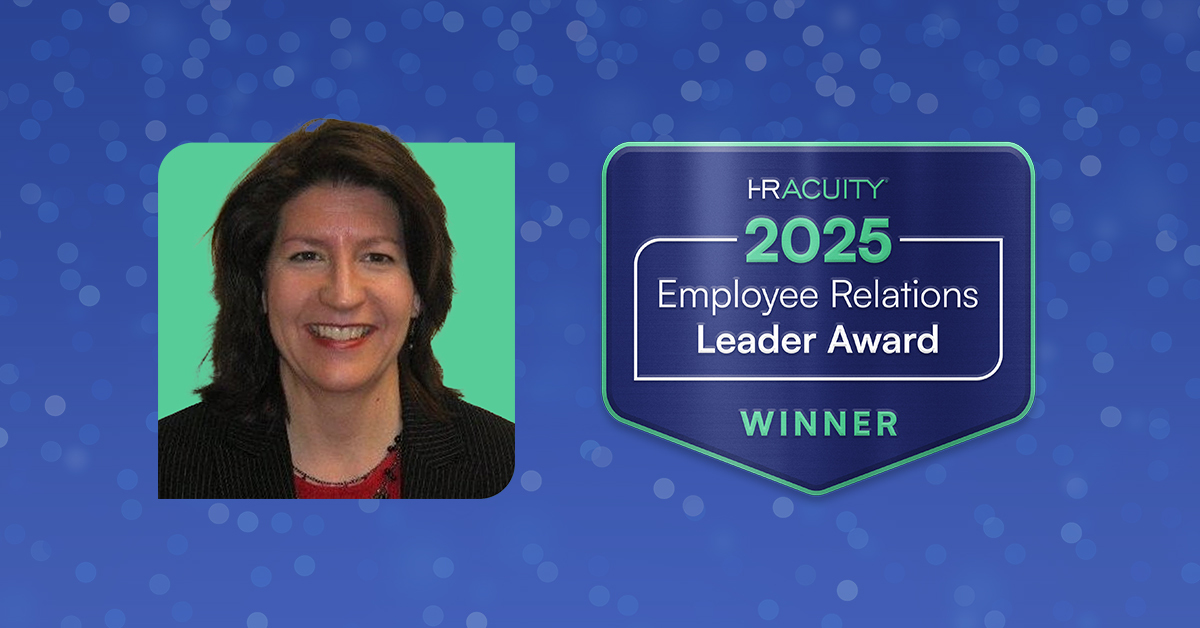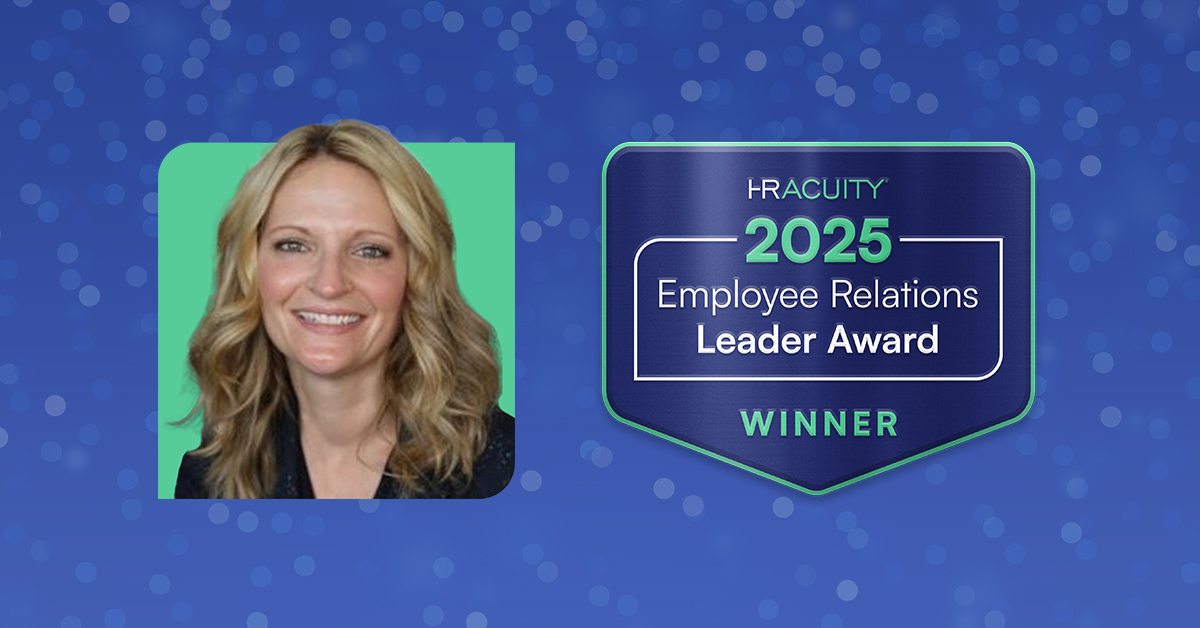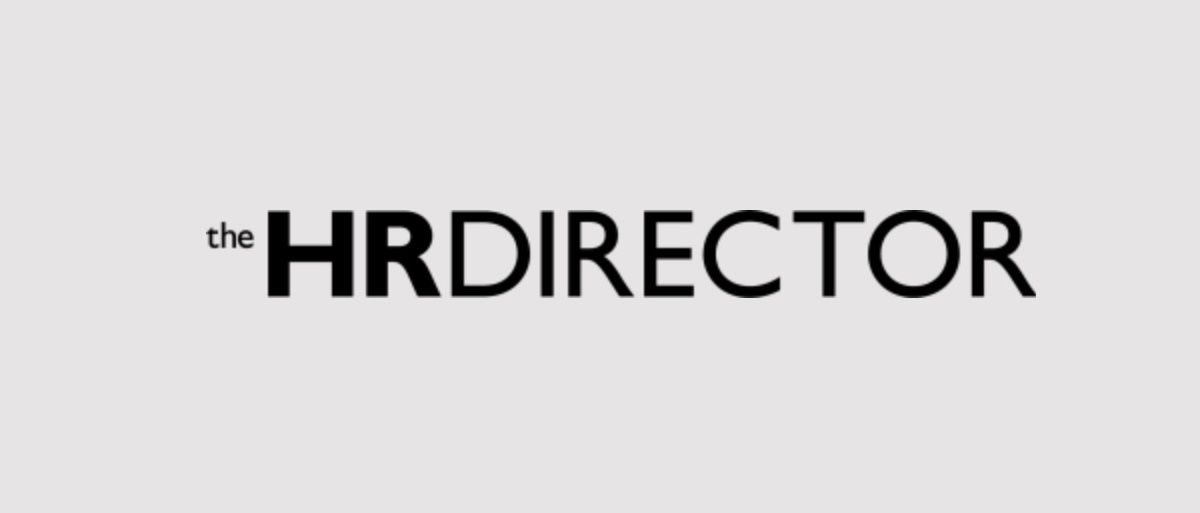Thursday was full of surprises.
Just when the HR Acuity® team thought we knew the consensus view, someone’s commentary would change the course of the conversation entirely. Our Inaugural Employee Relations Roundtable was a fantastic exchange of employee relations best practices and insights among senior human resource practitioners. It’s hard to do justice to the wealth of knowledge that was shared, but nonetheless, it’s well worth a try.
Here are 5 employee relations tips from top practitioners:

1. Employee Relations Data – We’re Still Information Gatherers
The data-driven insights discussion was an eye-opener. When asked where organizations would place themselves on the Analytic Ascendancy scale, the show of hands was undoubtedly for stage one, the Descriptive Analytics, “What happened?” phase. It’s important to understand where the majority of companies are, because it suggests that many are far from utilizing data for predictive analytics. We heard a common chorus around the difficulties validating data that has been collected, compiling it and then gleaning the actionable insights. The Roundtable participants also commented on the time consuming nature of collecting data and the skill set needed to interpret it.
Employee Relations Tip: Partner with a local university and utilize students to help crunch data. They are often available, skilled in working with data and can be an ideal resource for companies looking to do more with employee data, but lacking the resources.
2. Employee-related Events and Investigations – It’s Time to Put a Number on It
The reality is that all of the discussions around case management systems, documentation, and investigations are driven by the need to mitigate the reputational, legal and financial risks of employee misconduct. It was fascinating to see the Roundtable group hone in on the importance of quantifying this risk to senior management in particular.
Employee Relations Tip: Companies should track hours spent working on a case internally, whether those hours are by human resource practitioners, investigators or the management team. It’s time to put a number on what employee-related events and investigations are costing companies, if for no other reason than to put the cost of case management and risk mitigation systems into perspective. Quantifying the expense may also open up a dialogue on strategic initiatives for the company that could help to reduce costs in the future.
3. Do You Know What Retaliation Looks Like?
It was a simple question. Why do employers often win discrimination claims but then turn around and lose retaliation claims? According to a plaintiff’s attorney, one reason is that the concept of revenge tugs at the jurors’ emotions, more so than discrimination. Another cause is that the range of retaliatory behaviors is vast and often misunderstood. Just a few examples of these behaviors include:
- denial of company perks
- contacting law enforcement, particularly in the area of immigration
- challenging an unemployment application
- cutting off other channels for complaints
A common problem that organizations confront is that their own managers don’t recognize the zone of adverse treatment that can become the basis for a retaliatory claim.
Employee Relations Tip: Companies must educate their management teams regarding the range of actions that can be deemed retaliatory. Providing this guidance “just in time” – after a claim is made – can also help make the situation and the potential risks real for managers. For employees, companies need to provide multiple complaint channels, including an anonymous hotline. When a troubled employee complains either informally or formally, human resources should communicate with the employee early, often and have periodic check-ins to protect the organization against a claim of retaliation.

4. Walk a Mile in My Shoes – Transgender Employees and the Emerging Role of Mentorship
One trending topic at the Roundtable was how to best meet the needs of transgender employees, at all junctures of their transition journey. Some of the challenges discussed included educating both managers and employees on appropriate vocabulary, determining whether gender neutral bathrooms should be used and ensuring employee privacy should specific accommodations be given.
Employee Relations Tip: A strong mentorship program was described as a “hallmark of success” by one participant whose company was actively managing transgender employees in the workplace. By partnering a transgender employee with another employee mentor that has successfully managed the same journey in the organization, mentoring becomes an important means of organizational support. Employee relations, legal, human resources and mentors can partner to support transgender employees.
5. The Generation Gap – How Am I Doing?
There’s Gen X, Gen Y, Gen Z and even Gen C. Today’s workplace is cross-generational and millennials, or Gen Y, are 80 million strong in the U.S. alone. Millennials like lots of feedback, and an annual feedback process doesn’t resonate particularly well with them. Roundtable participants described several employee-related issues with millennials such as lack of respect towards others in the workplace, chronic lateness and the desire to take complaints right to the top of the organization. As well, Gen Y is cognizant of their workplace rights and current laws. Roundtable practitioners said their organizations were strained dealing with millennial issues in the workplace.
Employee Relations Tip: Define a clear feedback process for all employees that includes coaching. Coaching by another employee provides immediate feedback, and a coach can utilize timely workplace examples. For employees entering the working world for the first time, companies should also communicate behavioral expectations early on in the relationship, even during internship programs. Although the performance reviews are becoming more frequent and fluid, there still must be reviews, no matter the worker’s generation. Coaching is an effective, welcome tool for the evolving performance management process.
What an exciting time to be in employee relations! These Roundtable “tips” demonstrate just how devoted companies are to tackling employee relations issues in the workplace.
We learned about mentoring programs and coaching. We heard a new awareness concerning the role of data-driven insights in human resources. We observed practitioners discussing the need to provide adequate channels for employee feedback. We felt a new urgency by employee relations practitioners to educate management teams about the costs of employee-related allegations and misconduct.
What surprised us most was the willingness by companies to rethink and reinvent how they are approaching employee relations. We can’t wait till next year’s Roundtable!




